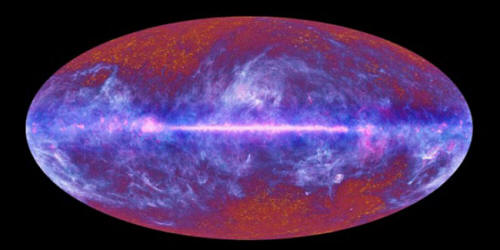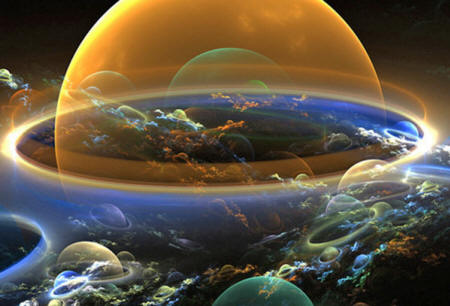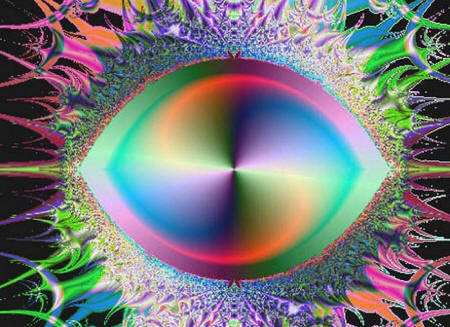|
|
|
from Kotaku Website
In the current model, the universe began
with the Big Bang, underwent cosmic inflation for a fraction of a
second, then settled into the much more gradual expansion that is
still going on, and likely will end with the universe as an
infinitely expanded, featureless cosmos.
He points out that the universe was apparently born in a very low state of entropy, meaning a very high degree of order initially existed, and this is what made the complex matter we see all around us (and are composed of) possible in the first place.
His objection is that the Big Bang
model can't explain why such a low entropy state existed,
and he believes he has a solution - that the universe is just one of
many in
a cyclical chain, with each Big Bang starting
up a new universe in place of the one before.
Well, Penrose posits the end of each universe will involve a return to low entropy.
This is because black holes suck in all the matter, energy, and information they encounter, which works to remove entropy from our universe. (Where that entropy might go is another question entirely.)
The universe's continued expansion into
eventual nothingness causes the black holes themselves to evaporate,
which ultimately leaves the universe in a highly ordered state once
again, ready to contract into another singularity and set off the
next Big Bang.
He says he's found evidence for his ideas in the cosmic microwave background, the microwave radiation that permeates the universe and was thought to have formed 300,000 years after the Big Bang, providing a record of the universe at that far distant time.
Penrose and his colleague Vahe
Gurzadyan have discovered clear concentric circles within the
data (Concentric
Circles in WMAP Data May Provide Evidence of Violent pre-Big-Bang
Activity), which suggests regions of the radiation have
much smaller temperature ranges than elsewhere.
So what does that mean?
Penrose believes these circles are windows into the previous universe, spherical ripples left behind by the gravitational effects of colliding black holes in the previous universe.
He also says these circles don't work
well at all in the current inflationary model, which holds all
temperature variations in the CMB should be truly random.
There are also a couple key assumptions in Penrose's theory, particularly that all particles will lose their mass towards the end of the universe.
Right now, we don't know whether that will actually happen - in particular, there's no proof that electrons ever decay.
|




